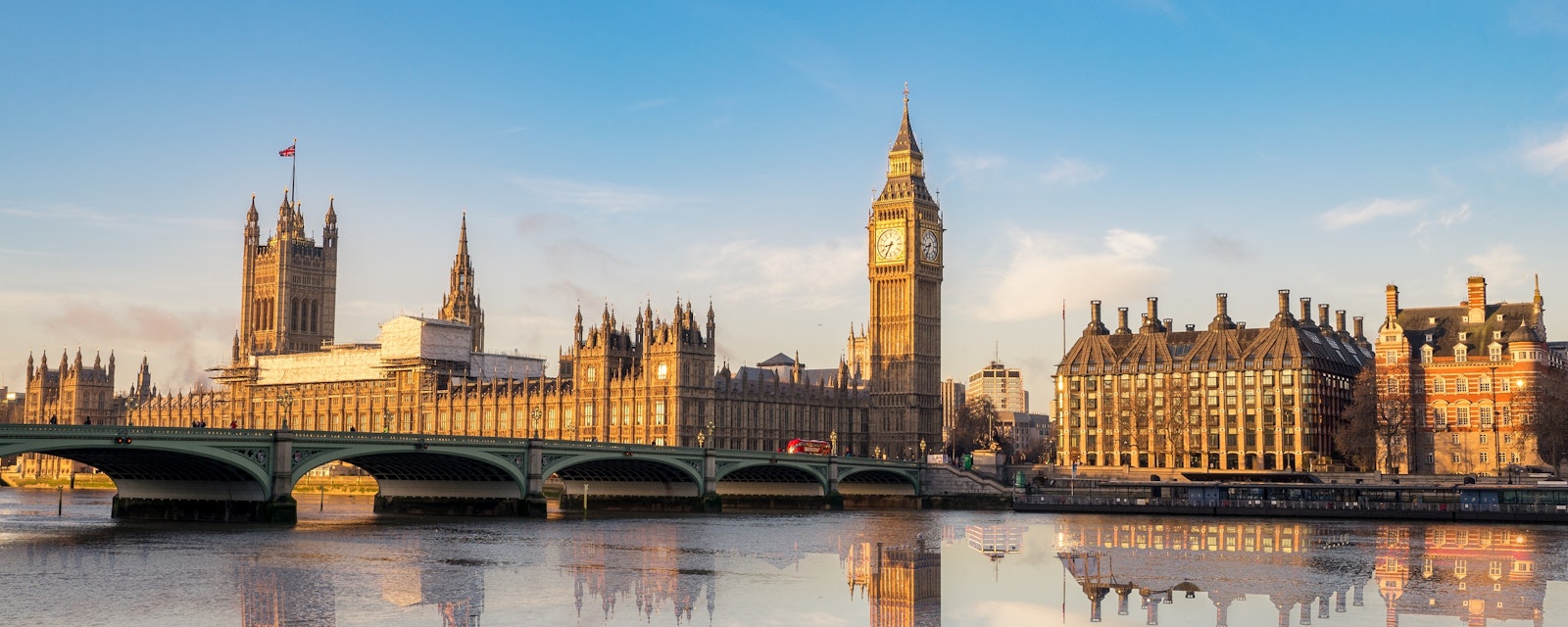There are times in a nation’s history when every serious politician agrees what the problem is. In the UK today, the problem is universally acknowledged to be economic growth — or rather, the lack of it.
Superficially, the UK’s monetary and fiscal position looks pretty much in the middle of the OECD pack. Inflation is now reasonably under control; the budget deficit is tolerable; and the debt:GDP ratio is in line with the high figures that have become the post-crash, post-Covid ‘new normal’ for advanced economies.
But the underlying challenge in the UK is more serious than in most other OECD countries, because Britain’s infrastructure and public services are creaking. Substantial investment is required over the next decade to correct this. And the only way to generate that investment without excessive additional borrowing is to shift the economy from the low growth of the last decade to a higher rate of growth.
So far, both of Britain’s major political parties agree. Where they differ is in their view of how to generate that higher rate of growth.
The Conservatives (who are going to lose the general election due to the political legacy of Brexit and Covid) propose tax cuts for low-skilled working people combined with reductions in welfare payments to those not in work, in the hope that this will persuade more of the population to work more.
The Labour Party (who are going to win the general election, and who are likely to be in government for at least the next ten years due to the political implosion of the UK Conservative Party) have a different solution. They propose a combination of a ten-year strategy and a five-year strategy.
Labour’s ten-year strategy is highly reminiscent of President Biden’s mercantilist response to Chinese competition in key high-tech industries. Keir Starmer (Labour’s Prime Minister in waiting) is proposing to use public investment to encourage private investment in innovative businesses that can draw on Britain’s strong science base to produce world-leading advances in AI, big data, bio-tech and green-tech.
But Starmer and his economically sophisticated Treasury colleague, Rachel Reeves, recognise that even if this industrial strategy works, it will not work quickly: investment, innovation and productivity take time to show up as industrial success.
So, Labour’s short-term, five-year growth strategy is to get Britain building again. And they have — for the first time in many years — taken this proposition seriously. They are intending fast and bold reductions in planning restrictions on home-building and infrastructure, direct action by central and city governments to assemble land cheaply, and incentives for private sector investment in new urban settlements. The aim is to double the rate of house-building in the UK by 2029.
The stakes are high. If Labour succeeds in combining medium-term productivity growth in high tech industries with an immediate housing boom, the fiscal revenues generated by a higher trend rate of GDP growth could begin to solve the problem of Britain’s creaking public services without affecting the country’s financial and monetary stability. Watch this space.




